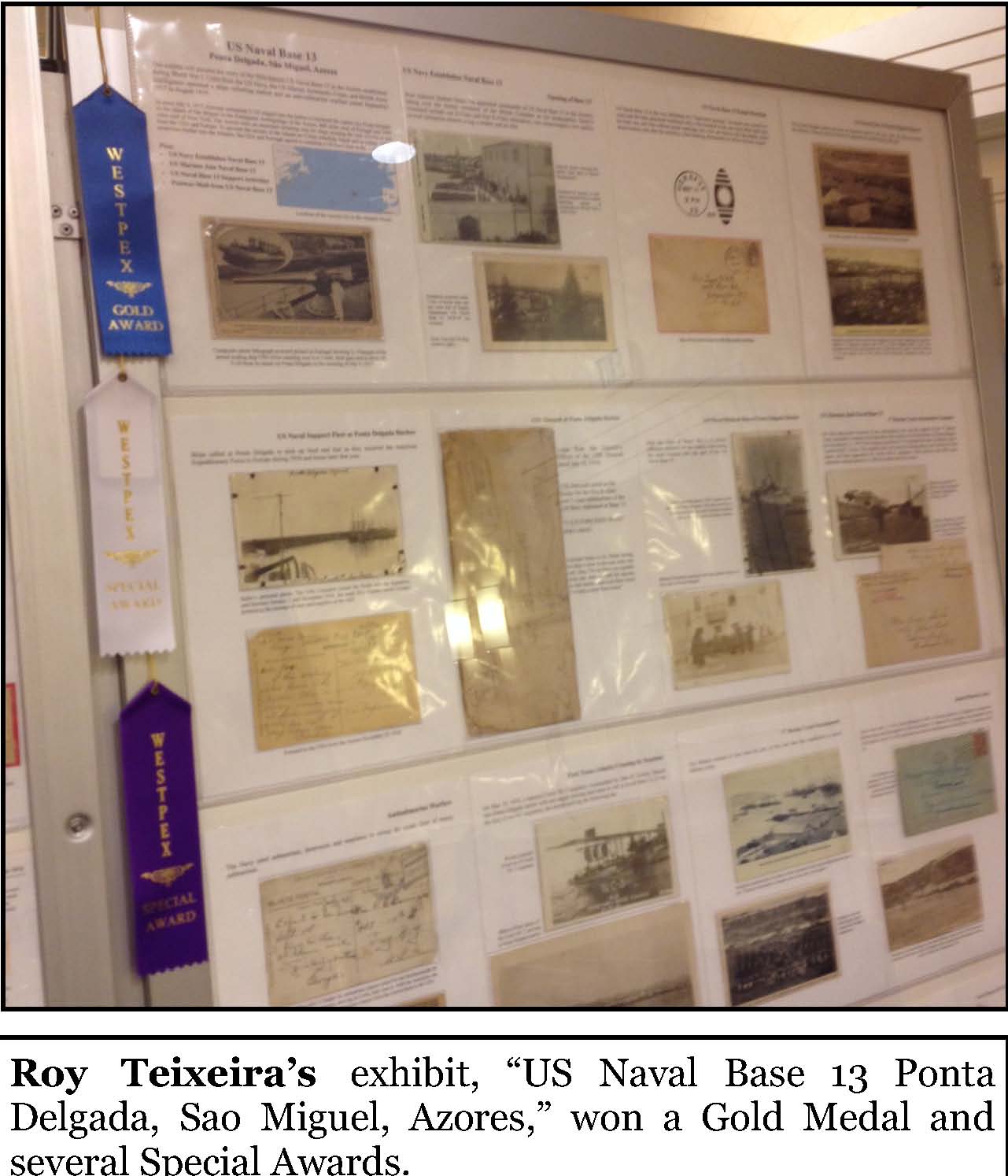Exhibiting is a facet of the hobby that many people put aside as not for them. Yes, there are many reasons not to exhibit, and there are many to exhibit. What a lot of collectors don’t realize, however, is that exhibiting can augment the fun of other aspects of stamp collecting. Since most collectors choose interests from their lives, they find exhibiting extends these interests. Exhibiting accomplishes many things and at least one of these things can apply to each of us.
Exhibiting allows fun interests to be shown and shared. Exhibiting brings organization to a collection. Exhibiting opens windows to the variety of offshoots of a topic. Exhibiting allows the collector to learn. Exhibiting stimulates analysis and creativity in presenting the collector’s interest (especially in display exhibits). And, an individual’s own exhibiting gives him/ her the tools to appreciate others’ collections.
A quick look at exhibiting gives the impression that it is about competition, about getting higher and higher ribbons until a gold is received. That is true for some exhibitors and for some of their collections, but there are collectors who exhibit the fun collections, as the following examples show:
At COALPEX many viewed “Reward Cards” by Dennis Hassler. The exhibit was Wanted posters on the backs of postal cards –– from horse thieves to runaways. Fantastic stuff.
At SOPEX maybe a few looked at my “Math Quiz,” math problems that even the math-haters could like –– or at least that was my intention.
At NOVAPEX the exhibit, “That’s Interesting!” by Bob Grosch, really was interesting.
At PENPEX Candace Weissinger wondered “How Did Early America Spell Relief? Outhouse.”
At SACAPEX Jake Solomon showed “Vincent’s Common People,” a gallery of Van Gogh portraits.
These collections became exhibits not to win prizes but to brag about the fun of collecting. These exhibits illustrate what was taught to me as the first rule of exhibiting –– Do what pleases you and don’t worry about what pleases the judges. With that in mind, I hope that more of you exhibit.
Larry Crain
